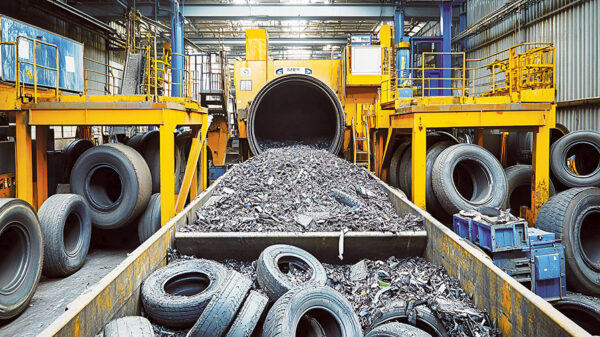The U.S. Environmental Protection Agency (EPA) fined Kern Steel Fabrication, Inc. $57,100 for improper management of hazardous waste generated at its facility in Bakersfield, California.
During a 2012 investigation, EPA found that the facility failed to properly label about 30 of its containers holding hazardous wastes such as waste paint, fluorescent light lamps, used oil and batteries. EPA also found that many of the containers were not properly closed. Proper containerization of hazardous waste is required to minimize the possibility of a fire or sudden release of hazardous materials.
The facility also failed to characterize some of the waste generated onsite as hazardous or not hazardous and did not have an adequate contingency plan designed to protect human health or the environment in the event of any fires, explosions or any unplanned release of hazards into the environment.
Finally, EPA found that the facility did not submit a timely Biennial Report for 2011 and 2013. These reports are required for facilities that generate a minimum of 2,200 lbs. of hazardous waste per month.
The facility, located in a commercial-industrial area of Bakersfield, about three blocks from residential neighborhoods, is a structural steel fabricator that constructs aircraft ground support maintenance platforms, work stands and docking stations, among other products.
The settlement is part of the EPA Region 9’s efforts to work together with federal, state and local partners to reduce pollution from facilities that manage, store or handle large volumes of hazardous waste. The agency’s goal is to reduce the risk to human health and the environment for the four million residents living in the San Joaquin Valley by ensuring wastes from these types of facilities are properly managed.
The Resource Conservation and Recovery Act (RCRA) authorizes EPA to oversee the generation, transportation, treatment, storage and disposal of hazardous waste. Under RCRA, hazardous waste must be stored, handled and disposed of using measures that safeguard public health and the environment.
Published in the December 2014 Edition of American Recycler News






